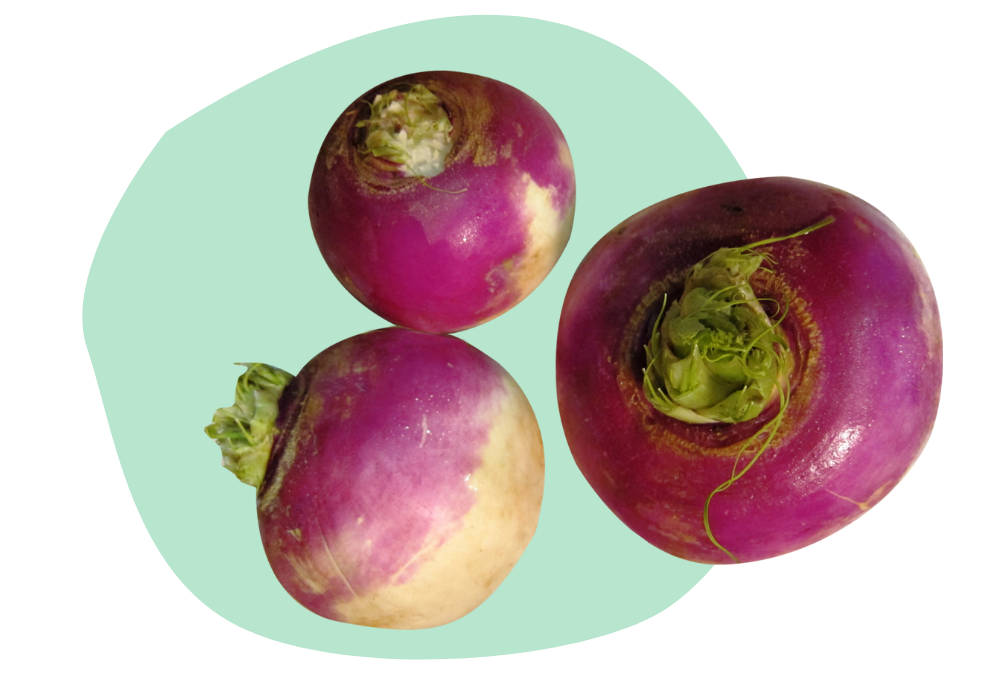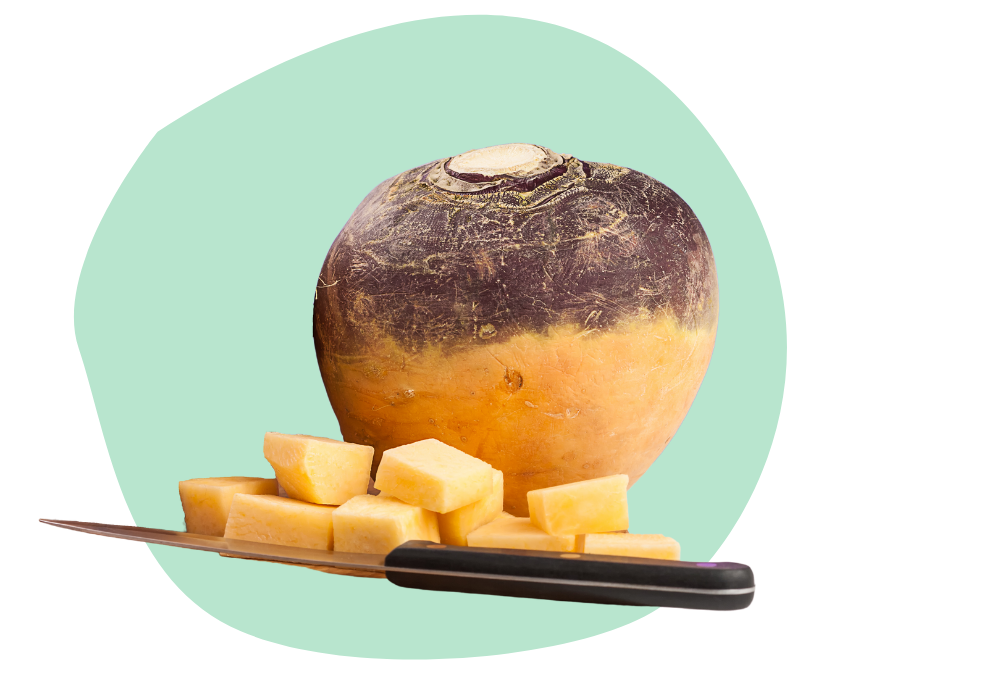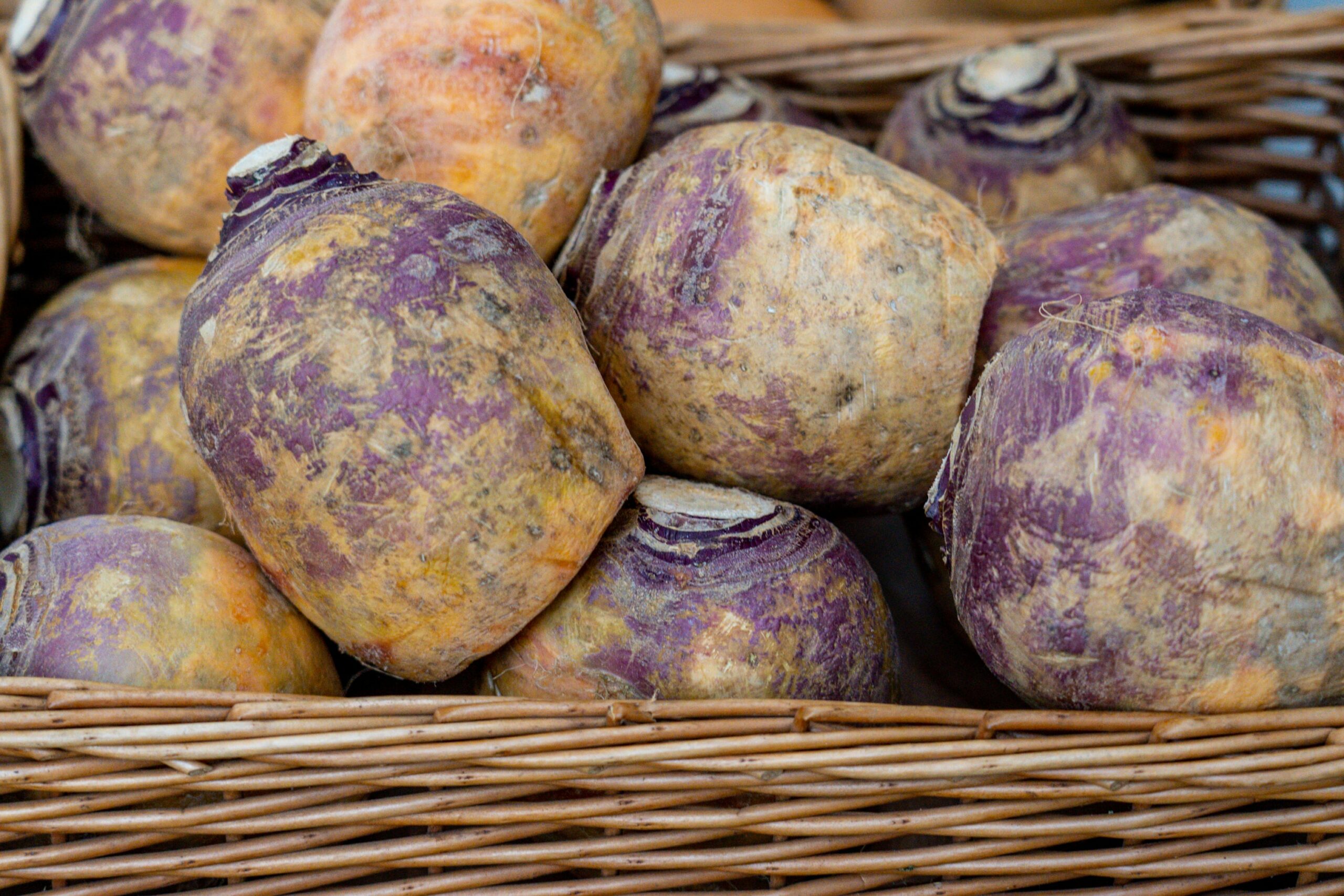Contents
Yesterday, statistics from the ONS revealed that the prices of pasta, crisps, bread, minced beef and rice rose between April 2021 and April 2022.
These staples are just the latest indicators of the crippling cost of living crisis that is impacting millions across the world.
Unfortunately, there is no quick fix to this problem.
With the food market continuing to remain unsteady, now is the time to save money by trying some cheaper and tasty alternatives.
Hiding in the corner of your local supermarket is one such candidate who is often overlooked.
Let us introduce you to the humble swede.
The history of swede
Rutabaga, neep, the Swedish turnip or swede is a member of the cruciferous vegetables family and is thought to have been first cultivated in Sweden before 1400 AD.
Known for their tough, purple-tinged exterior, swedes are an intriguing plant root considered to be a rare cross between wild cabbage and turnips.
Writing inThe Cambridge World History of Food, Kenneth F Kiple and Kriemhild Coneè Ornelas describe swede as a “relatively modern vegetable that is large and longer than a turnip, with a milder taste and flesh that is yellow-coloured rather than white.”
First used as animal fodder in Central Europe, swedes first became popular during the medieval period and remained a household staple right up until the 20th century.
Since then, our love for swedes has decreased in favour of other vegetables and processed foods.
But in a time where our first choices are not so affordable, the time for swedes to be spotlighted is nigh.
Is swede good for you?
Swedes are a lesser known superfood, a brilliant source of vitamins which are low in carbohydrates unlike its root veggie counterparts.
Rich in a range of nutrients, swedes provide:
- A brilliant source of fibre.
- High amounts of glucosinolates.
- Vitamins C and E.
- A great source of potassium, calcium and magnesium.
5 great things to do with swede
How to make swede mash
Smooth and easy to make, mashed swede is fabulous on its own or combined with other vegetables to make swede and sweet potato mash, swede and carrot mash, swede and parsnip mash and many more.
- To prepare the swede, simply peel the outer layer with a peeler or carefully with a knife as you would with other root vegetables.
- After cutting the swede into small chunks, pop the pieces into salted boiling water and cook for 15-20 minutes until soft.
- Blitz the swede with butter, salt and pepper until smooth.
- Cooked swede mash can be frozen for a couple of months in an airtight container.
How to roast swede
Crispy on the outside, soft on the inside. It’s what you expect from a perfectly roasted vegetable. Swedes are no different.
- Start by peeling and chopping the swede into small chunks.
- Parboiling swede for 7-10 minutes before roasting it is the best way to ensure a fluffy interior. This method also saves time as this turnip-like vegetable can take a while to cook due to its tough structure.
- After the swede chunks are parboiled, coat them in oil and seasoning before roasting.
- Roast the swede chunks for 40 minutes, checking after 25 minutes to turn them in the tray.
- To make swede chips, cut the root into long, thin chunks and follow the same roasting process.
- Serve either of these swede side dishes with a well-dressed salad for a delicious summer supper.
How to cook swede soup
As a bulky vegetable, swede is ideal for thickening soups with.
- To make swede soup, roughly chop onions and garlic and heat in a large pan until the onions have softened.
- Next, peel the swede with a peeler or a knife.
- Chop the swede into chunks and cook in the pan with at least 1.5 litres of stock until soft.
- Other root vegetables can be cooked in the pan too for additional flavour.
- Once the ingredients are cooked through, blitz and add cream and season.
- These soups are ideal for your freezer and excellent if you are eating on a budget or feeding a large family.
How to make swede crisps 
With the price of regular crisps rising through the roof, it’s time to roll up your sleeves and make your own using swede.
- Start by peeling and cutting your swede into long, thick chunks.
- Slice these thinly to produce translucent pieces.
- Toss the pieces in olive oil, salt and black pepper and bake on a moderate heat until golden brown and crispy.
How to make swede fritters
If you wish to be more adventurous, this BBC recipe for swede fritters is a great way to experiment with swede.
- First, peel and dice one swede into small pieces and boil in salted water for 15 minutes until tender.
- Combine 100ml creme fraiche, 75g of plain flour and a beaten egg into a smooth batter.
- Next, stir in one finely chopped and deseeded red chilli, one finely chopped red onion, cayenne pepper (1 tsp), garam masala (2tsp), turmeric (½ tsp) and crushed coriander seeds (1tsp).
- Add seasoning to the batter and combine the swede in the mixture roughly.
- Heat oil in a frying pan and gently flatten balls of the mixture (a large tablespoon) into the pan.
- Cook until golden and crispy on each side.
If you want to read more about superfoods, check out our latest article on organic sea moss. Is it good for you?

